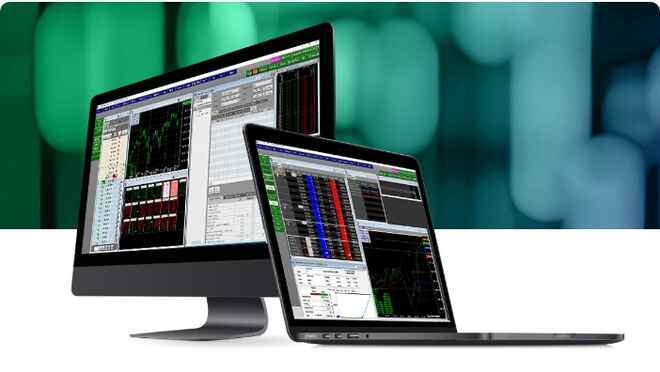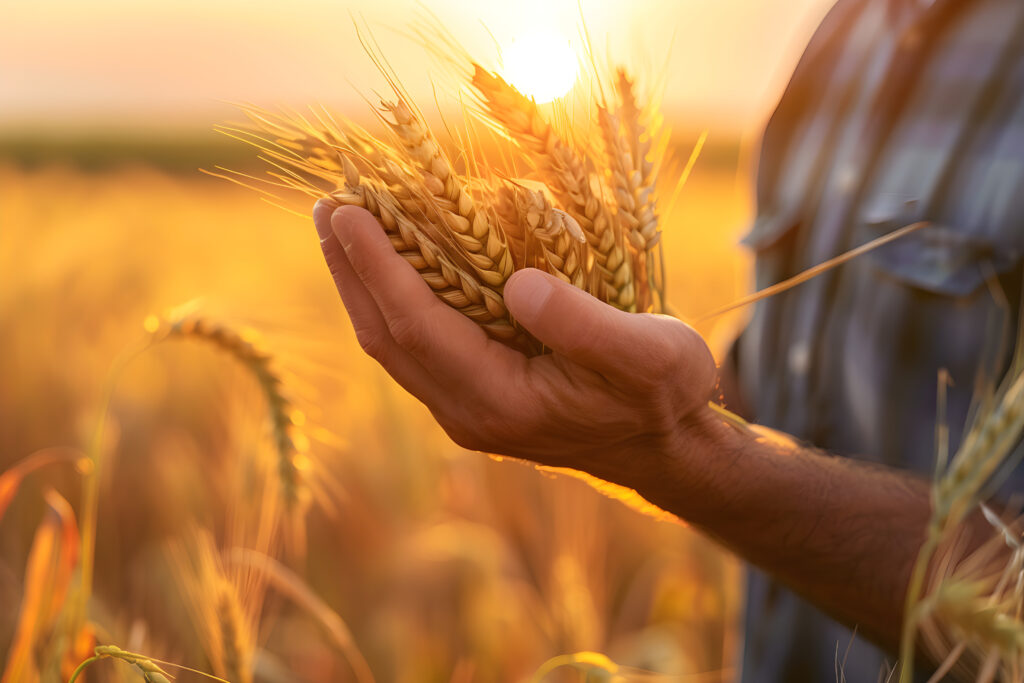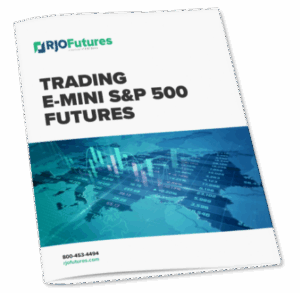What is Agricultural Futures Trading?
Agricultural futures and options are a way for traders to use futures to represent the buy and sell of agricultural commodities such as cattle, grains, hogs, and more. While these contracts are rarely delivered, a trader will use them to predict which direction they believe a certain commodity will go and will buy or sell a contract based on that prediction. The price of a given agricultural commodity contract can even influence the price we pay for the physical good in stores. Agriculture was one of the first forms of trading and helped make the futures market what it is today.
What is an Agricultural Commodity?
Agricultural commodities are principal crops and livestock that are grown, raised, and produced on large farms and plantations. Examples of agricultural commodities include grains (corn, soybeans, wheat), live cattle, lean hogs, dairy products, and many other byproducts like soybean oil and soybean meal. These commodities are produced with the purpose of mass consumption worldwide and are staples in everyday life.
How Can I Trade Agricultural Futures?
In order to trade agricultural futures, you will first need to familiarize yourself with the market. You will want to look at historic charts to see how prices have moved in the past, that knowledge will help you better predict where the price will move in the future. You will also want to familiarize yourself with the agricultural production cycle and planting season. Most crops are only planted and harvested during certain windows. The two major planting cycles occur from Mar-May and again from Jul-Nov. Because agricultural products are not produced year-round, it creates a supply and demand cycle that must be paid attention to. There are other factors that can affect supply and demand such as weather. Weather will often dictate how much a farmer can plant. If there is less suitable planting acreage, its going to drive the price up. Which is why its very important to pay attention to the planting reports.
If you are interested in becoming an active trader in agricultural futures and commodities, RJO Futures has experienced Senior Market Strategists that can help guide you through this process.
What Are the Advantages of Trading Agricultural Commodities?
The largest benefit to trading agricultural futures is liquidity. In fact, liquidity is one of the mains benefits to futures trading in general, but especially true when it comes to agricultural futures and options. Liquidity allows traders to exit and enter agricultural quickly and efficiently at the best price possible. Because of this liquidity, agricultural traders have the benefit price-transparency and have the ability to see what the market price for a given commodity is in an up to the second fashion. Because of the the continuous nature of agriculture and constant flow of information, traders can place agricultural trades on the CBOT virtually 24-hours a day.
How RJO Futures Can Help You Trade Agricultural Commodities Futures and Options
The RJO Futures Agricultural Investor Kit is your one stop shop for everything agricultural futures related. Whether you are a new, intermediate, or experienced trader, this kit is for everybody. We go over the basics for futures and options and then go into detail on the popular agricultural contracts. We also give a detailed breakdown of where our Senior Market Strategists see the markets going and give in-depth trading strategies that we believe will offer the greatest upside.



